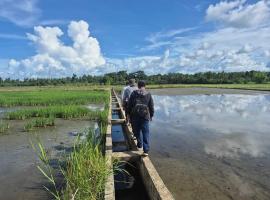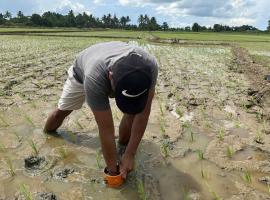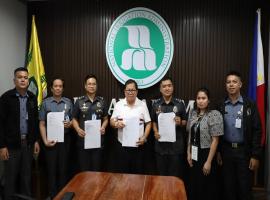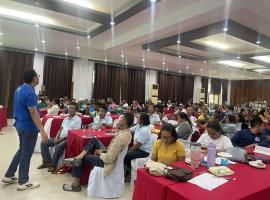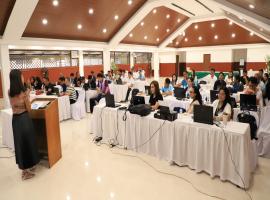Submitted by admin-r4b on
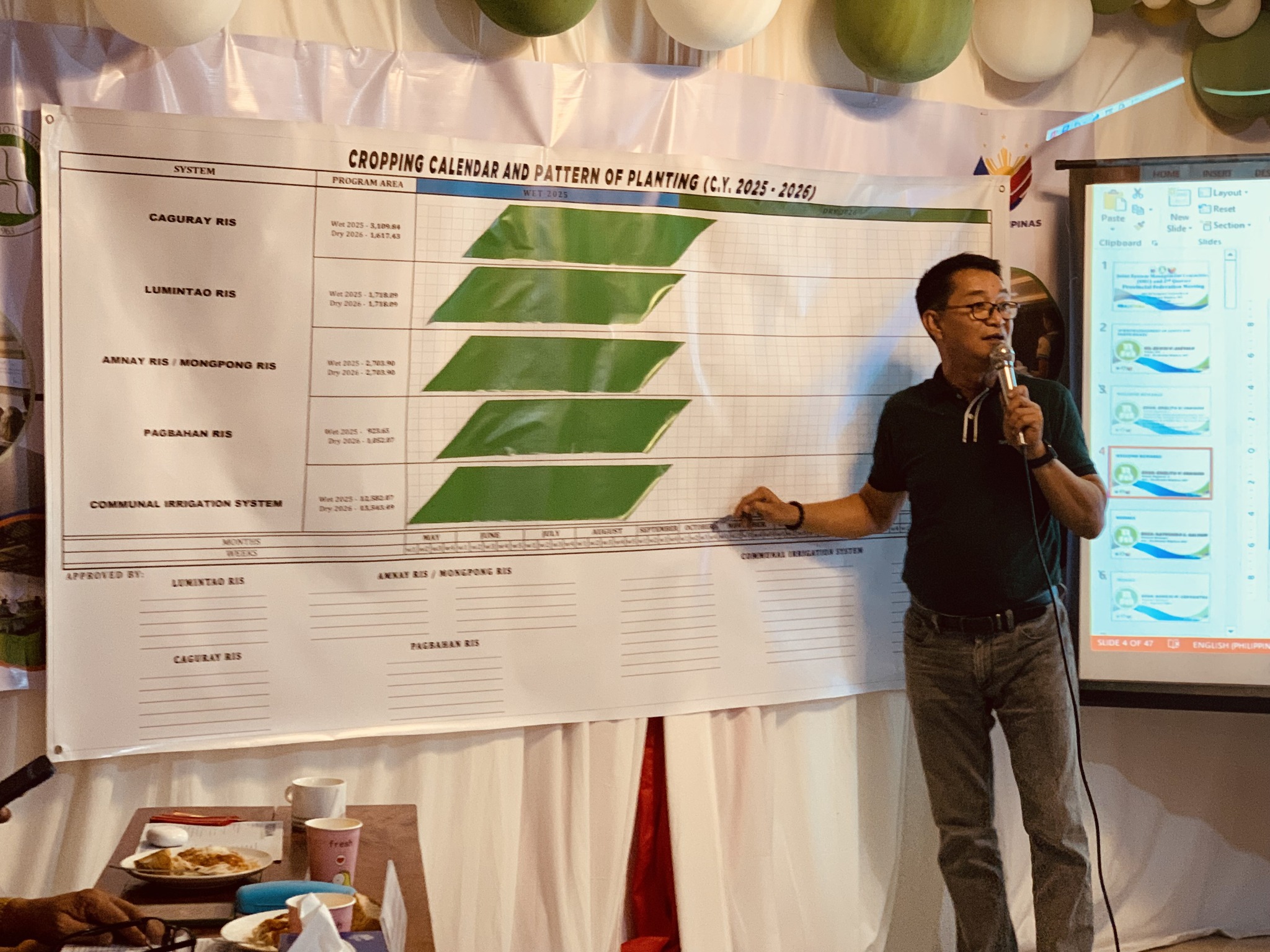
Mamburao, Occidental Mindoro – The National Irrigation Administration (NIA) Occidental Mindoro is currently facilitating the Joint System Management Committee (SMC) Meeting and the 2nd Quarter Provincial Federation Meeting on May 15, 2025 at Barangay Payompon.
The program of activities includes the presentation, finalization, and signing of the Cropping Calendar for Calendar Year (CY) 2025 Wet Season and CY 2026 Dry Season. In addition, the agenda covers the discussion of farmer concerns and various local intervention matters within the province.
This activity is hosted by the NIA Occidental Mindoro Irrigation Management Office (IMO), headed by Division Manager Engr. Raymundo L. Calusin, together with Senior Engineer Emelito V. Urriquia and Senior Irrigators Development Officer (IDO) Edwin V. Arevalo.
Also in attendance are Principal Engineer C Engr. Edgard Laurenz M. Geronimo, Head of the Operations, Institutional, and Equipment Section; Supervising IDO Engr. Ave Jane V. Alvarado, Head of the Institutional Development Unit (IDU); along with technical personnel from the Operation and Maintenance (O&M) section and Institutional Development Units.
Participating stakeholders include representatives from the Department of Agriculture (DA), Land Bank of the Philippines (LBP), Philippine Crop Insurance Corporation (PCIC), National Food Authority (NFA), Philippine Center for Postharvest Development and Mechanization (PHilMech), the Office of the Provincial Agriculturist (OPA), various Offices of the Municipal Agriculturists (MAOs), and more than seventy (70) farmer beneficiaries from Occidental Mindoro.
SMC meetings are conducted before each cropping season to promote consensus-based planning and ensure the coordinated implementation of agricultural programs and interventions among partner agencies within the area. Meanwhile, Federation Meetings are held quarterly to strengthen collaboration between NIA and the various Irrigators' Associations (IAs) across the province. This joint meeting serves as a platform to share updates, evaluate program implementation, and encourage the active participation of farmer-leaders in decision-making processes that impact their respective communities.
-Elan Vital D. Buhay, IDO A



